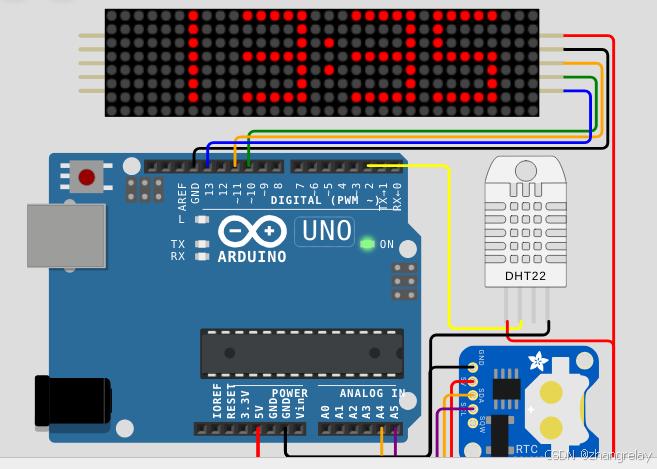Awcing 799. 最长连续不重复子序列

解题思路:
让我们找到一个数组中,最长的 不包含重复的数 的连续区间的长度。
最优解是双指针算法:
- 我们用 c n t [ i ] cnt[i] cnt[i]记录 i i i 这个整数在区间内出现的次数。(因为每个数的大小为 1 0 5 10^5 105, 存的下)。
代码如下:
#include<iostream>using namespace std;
const int maxn = 1e5 + 10;int a[maxn];
int cnt[maxn];int main(){int n;cin >> n;int res = 0;for(int i = 1, j = 1; i <= n; i ++ ) {cin >> a[i];cnt[a[i]] ++; // 将 a[i] 出现次数 ++while(cnt[a[i]] > 1) { // 如果在 [j, i - 1] 区间内出现过,那次数会变成2cnt[a[j]] --; // 从区间开始位置 j 的那个数依次往前去掉,知道遇到与a[i]值相同的为止,j ++;}res = max(res, i - j + 1);}cout << res << endl;return 0;
}
数据加强版: 如果说我们把每个数的大小规定为 [ 1 , 1 0 9 ] [1, 10^9] [1,109], 那显然就不能用数组来保存每个数出现的次数,开不了这么大的数组。于是我们就可以把这些数离散化。(因为最多有 1 0 5 10^5 105个点)。
代码如下:
#include<iostream>
#include<unordered_map>using namespace std;
const int maxn = 1e5 + 10;int a[maxn];unordered_map<int, int> mp; // 离散化存储int main(){ios::sync_with_stdio(false);cin.tie(0), cout.tie(0);int n;cin >> n;int res = 0;for(int i = 1, j = 1; i <= n; i ++ ) {cin >> a[i];mp[a[i]] ++; // 将 a[i] 出现次数 ++while(mp[a[i]] > 1) { // 如果在 [j, i - 1] 区间内出现过,那次数会变成2mp[a[j]] --; // 从区间开始位置 j 的那个数依次往前去掉,知道遇到与a[i]值相同的为止,j ++;}res = max(res, i - j + 1);}cout << res << endl;return 0;
}



















